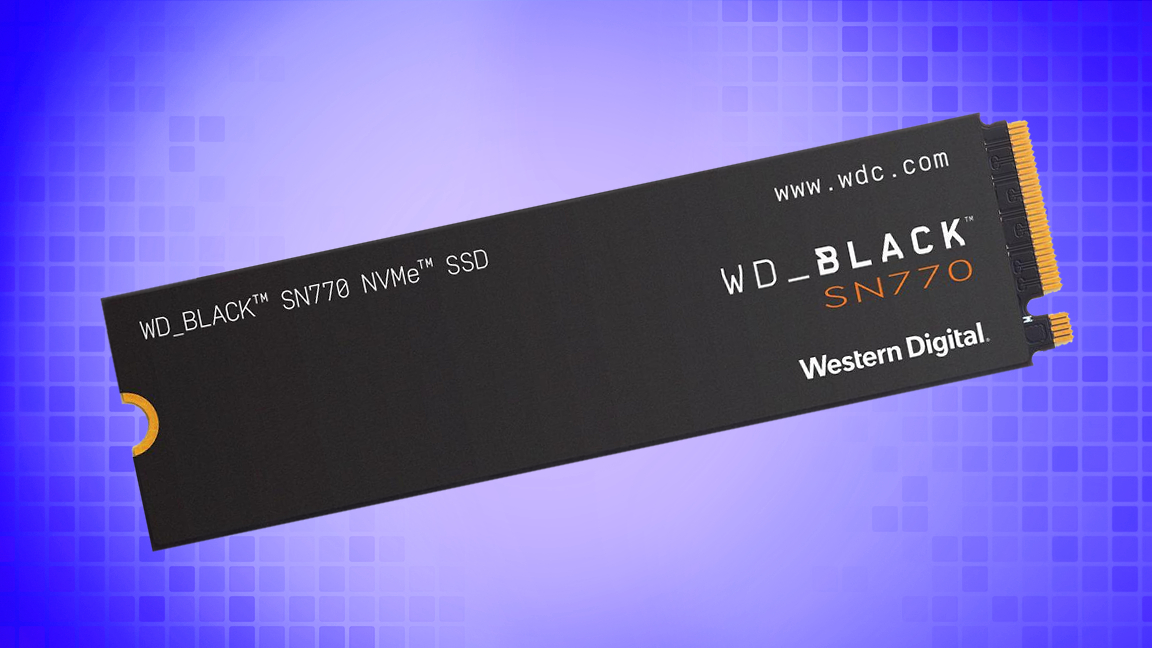
Western Digital finally solved the BSOD problem with its HMB-equipped SSD lineup. The affected users have been urged to update their SSD firmware immediately, straight from the horse's mouth.
Many reports sprung up on the Western Digital community forums about continuous BSODs on updating to the latest Windows 11 24H2 update. The culprit was a misconfigured HMB (Host Memory Buffer) allocation, which was fixable through a minor registry edit. However, since only WD and SanDisk NVMes were the affectees, it appears that there was an underlying problem in the firmware on some models, which are as follows:
If your SSD is on the aforementioned list, then the resolution is that you must update your firmware, which may result in a complete data loss. The process is simple and can be done in just a few minutes. We should also inform users that systems with affected models might be unable to update to the latest version of Windows 11 until the SSD firmware is updated.
How to Update the Firmware on Affected Western Digital / SanDisk SSDs
- Download and install the Western Digital Dashboard for Windows (macOS is not supported).
- If you are worried about the potential loss of data in the worst-case scenario, backup your SSD to another drive.
- In the Western Digital Dashboard, navigate to the "Tools" section to see if any firmware update is available. If so, click on "UPDATE FIRMWARE."
- Once the update has been finished, you'll be prompted to shut down your system. Once powered on again, the SSD firmware will have been updated.
It is pertinent to mention that the registry fix is still applicable. However, that appears to be a stopgap solution rather than a permanent fix. Admittedly, a large disclaimer stating the risk of losing your data is a jagged pill to swallow. However, this is not a first occurrence, as Samsung users were required to download a new firmware ASAP just last year, or their SSDs were on a certain track to failure, literally.







